The Best Places to Drink Sake in Japan
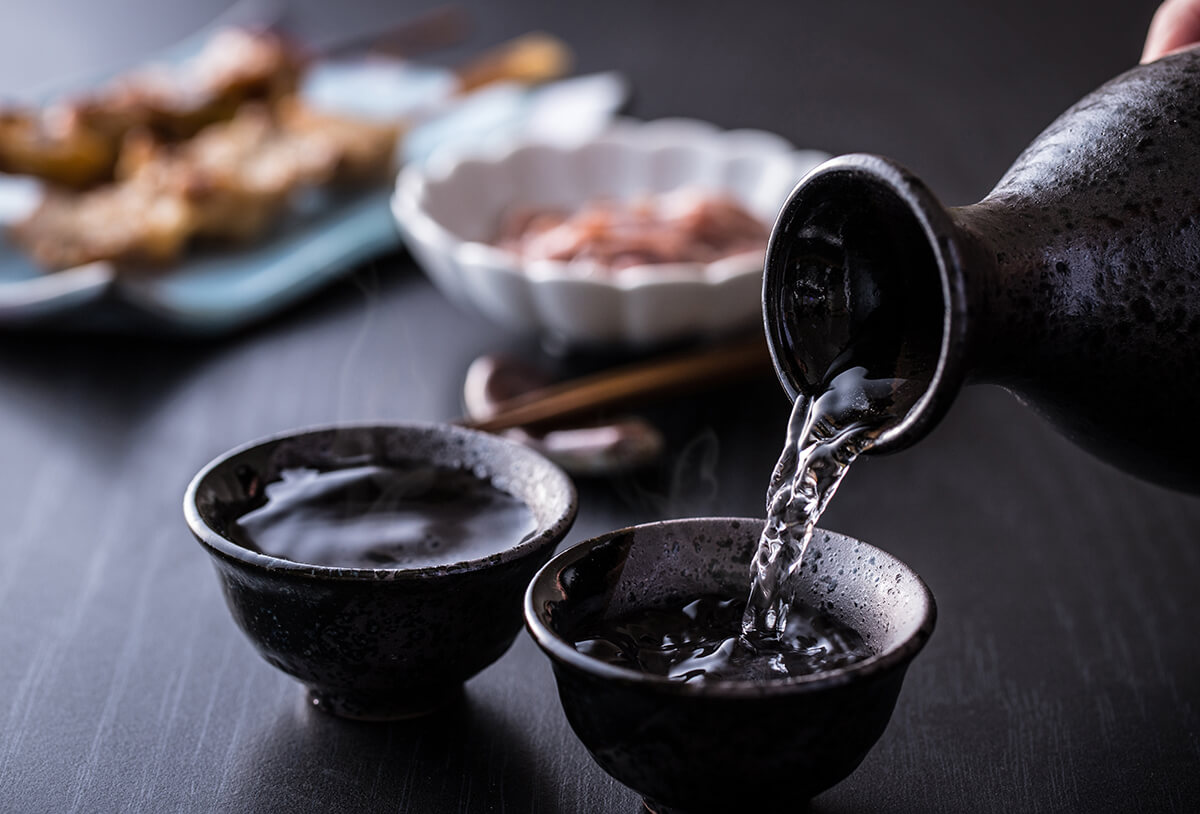
If you think all sake is the same, then you obviously have not drunk enough sake. Japanese sake, or nihonshu as it’s called in Japan, is usually referred to as “rice wine” by many. On the contrary, the process of creating sake more resembles that of beer. Sake is made using four simple ingredients–rice, water, yeast and koji mold.
However, the origin of these ingredients, their quality and other factors, can greatly influence the flavor and aroma profile of sake. Let us guide you to a better understanding of sake so that the next time you enjoy a glass, you can appreciate its uniqueness more deeply.
Table of contents
Niigata
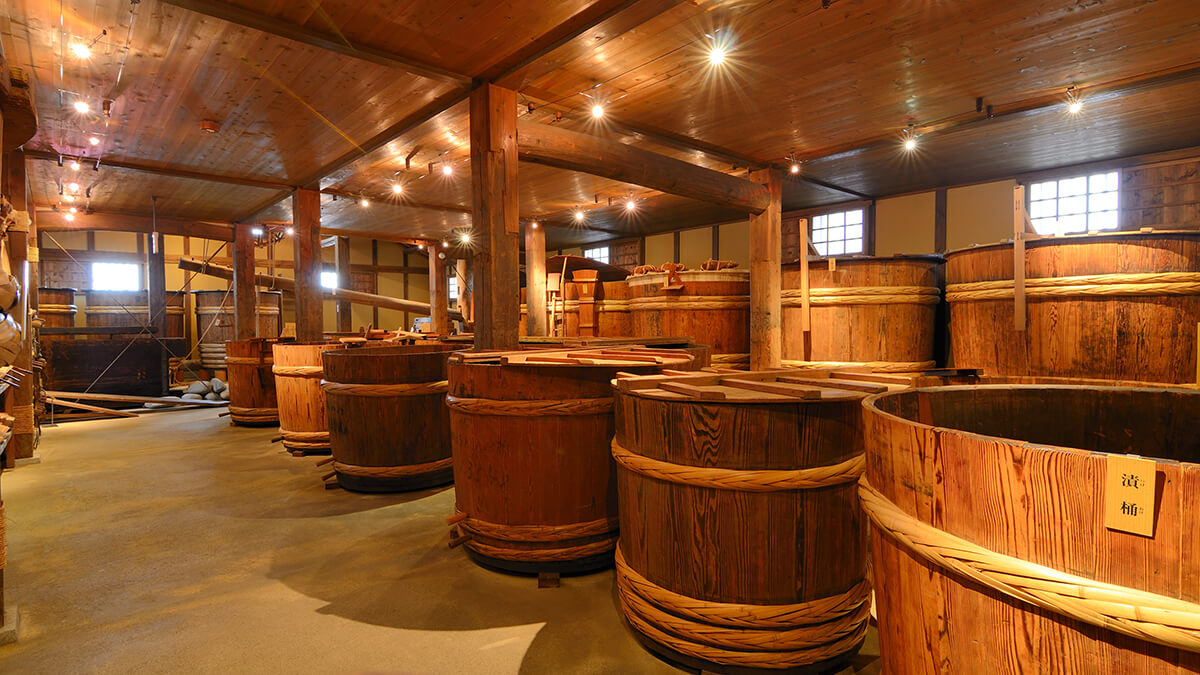
When I think of Niigata, I think of snowy mountains that seem to go on forever. And these are actually important factors in the production of Niigata sake, which is the highest producing region in Japan. The mountains and snow keep the air clean which means a purer brew. That same snow is used for rice production when it melts, meaning even more high-quality ingredients in each bottle.
Niigata is the big brother and land of innovation when it comes to sake production. It boasts Japan’s only research institute, which has overseen the creation of new types of rice to be used in sake production. The cold temperatures mean a slow fermentation process, resulting in a delicate brew that has to be tasted to be believed.
Kura no Ma
Niigata naturally has the nation’s highest sake consumption, so it should come as no surprise that there are plenty of great places to enjoy a tasting. Kura no Ma is a great bar with a nomihodai, or all-you-can-drink, that lets you sample sake from all over the country, including some famous Niigata local brews.
Kyoto
Kyoto’s sake culture is, in a word, legendary. The Fushimi district is where you will find some of Japan’s most renowned breweries. And the surrounding environment will clue you in to just why this is such a treasured region for sake production. With the water used for creating sake being sourced through underground springs from Horikawa River, Kyoto sake offers complex flavor profiles that are always crisp and pristine.
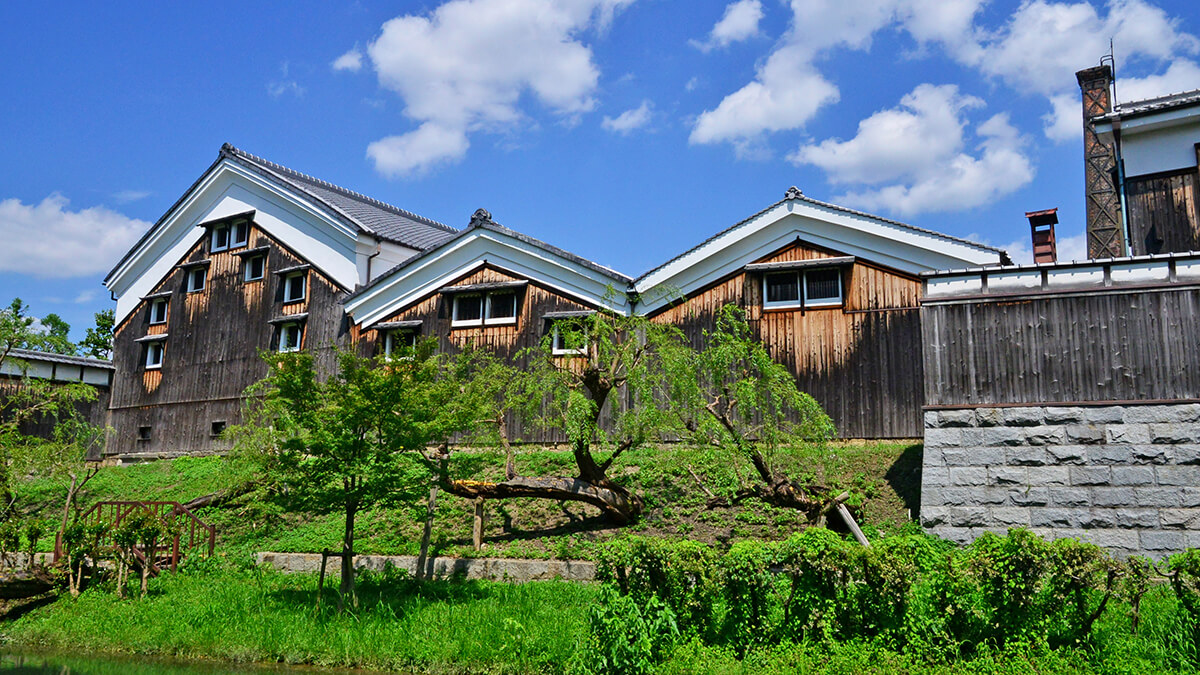
Kyoto is second only to Niigata in sake production, but easily the most well-known among sake lovers, especially aided by the region’s popularity with tourists from all over the world. The old-style breweries are a must-visit to understand and appreciate the city’s rich history, as well as sake’s contribution to that history.
Masuya Saketen
There are some places that are popular with tourists, but I always want to know where the locals call home. Masuya Saketen is a big favorite among Kyotoites. They group their selections by flavor profile, and will even assist you on the best way to enjoy each sake, from ideal serving temperatures to the best food pairing suggestions.
Akita
Sake production is a time-honored practice in Japan, and the process of making sake has its long-standing traditional techniques. In the icy prefecture of Akita, however, the small group of breweries have made waves in the sake world with their innovative production methods, while also collaborating with one another on some amazing experimental sake creations.
With AK-1, a special flower yeast unique to the Akita region, this area takes advantage of the snow brought by its brutally harsh winters to produce rich, bold brews that perfectly match the hearty dishes that Akita has come to be known for.
Sake-Navi is a great standing sake bar in Akita that takes the time to help you find the right sake that matches your taste. Between sweetness and robustness level, the staff will ask what you like, then let you sample some offerings to see which most appeals to your palate.
Ishikawa
The prefecture of Ishikawa boasts a long sake brewing history that dates back to the Edo area. During those days, sake from Ishikawa was known for being sweet and rich. Now, Ishikawa sake is characterized as more dry and clean, yet more complex. The inclusion of yeast in the Ishikawa method deviates from traditional techniques in that they use natural airborne yeasts in their sake creation, which leads to some of the most unorthodox tasting brews in the industry.
As stated before, quality water and rice are essential for a top-notch bottle of sake, and Ishikawa’s many breweries take full advantage of their surroundings.
Emblem Social Bar Kanazawa
The Emblem Social Bar in Ishikawa’s Kanazawa area is a great place to meet fellow sake lovers from both Japan and abroad. Many international guests love the friendliness of the staff, which can communicate in English, and their helpfulness in guiding newbies to find an ideal sake is also appreciated by visitors.
Fukushima
Also sometimes referred to as the “Sake Kingdom,” Fukushima prefecture is naturally divided into three regions by mountains, giving each region its own distinct climate. These varied climates make for a perfectly diverse range of sake flavor profiles, from rich and sweet, to light and refreshing. Fukushima sake is created by tight-lipped brewing methods, but the results of these trade secrets are impressive with breweries from this prefecture routinely winning awards.
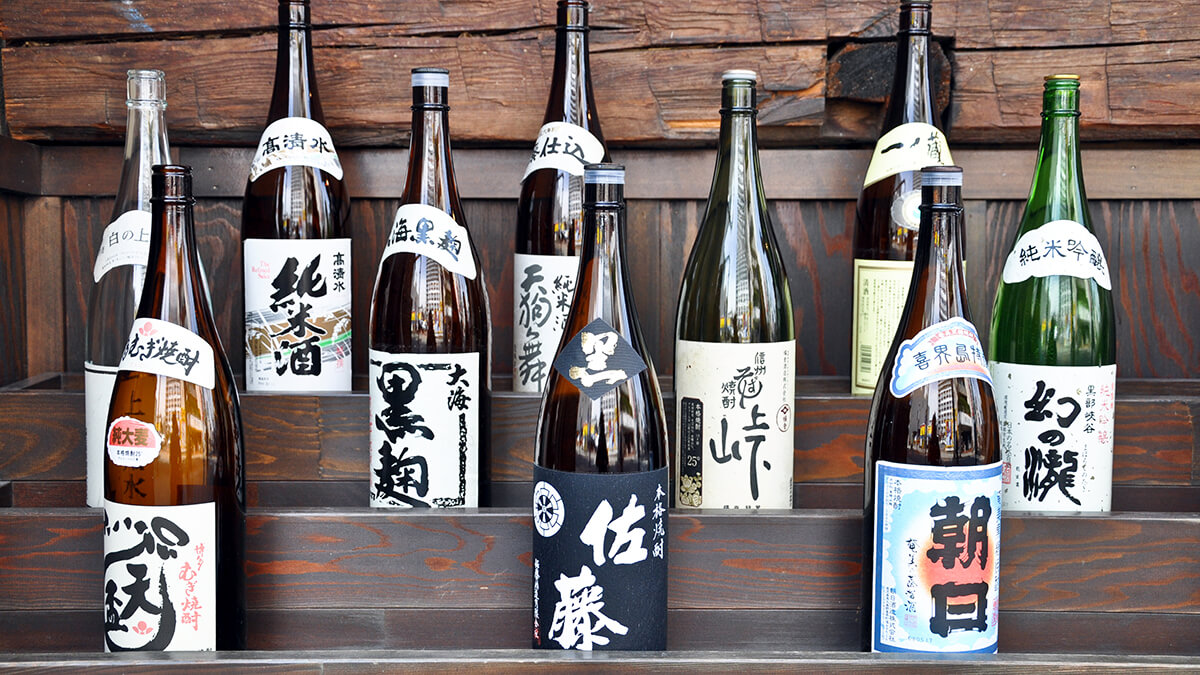
The quality of water and rice in Fukushima is among some of the highest in Japan, and in an effort to overcome the devastation of the 2011 earthquake, the local brewers have united under the single goal to grow the area’s legacy of sake production to the highest it’s ever been in its 300-year history.
Kogiku
The owner of the Kogiku sake bar in Fukushima is an encyclopedia of knowledge when it comes to nihonshu, and if you have decent enough Japanese knowledge, you can strike up a long friendly conversation. The selection of available sake is vast, so you can enjoy your own tasting adventure in a relaxed setting.
Have a “Kanpai!” and a Smile
There are so many more places to enjoy the finest sake that Japan has to offer, including Hiroshima, Yamagata, and more, but these were my top 5 places to enjoy a nice cold (or hot) glass. The sake landscape is so versatile, finding new flavors and profiles can be a lifelong journey if you’ve got the time to venture across this beautiful land.
Motto Japan, the community platform to support foreigners with the foundation for life in Japan, including Japanese study, job opportunities, and housing service. Motto Japan Media will provide a wide variety of information for Japanese fans all over the world, to create a cross-cultural environment and enrich the life of foreign residents in Japan!




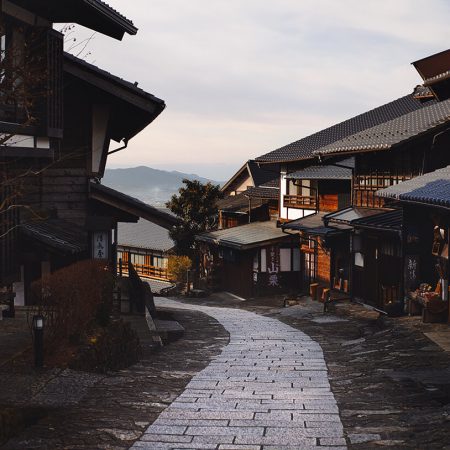
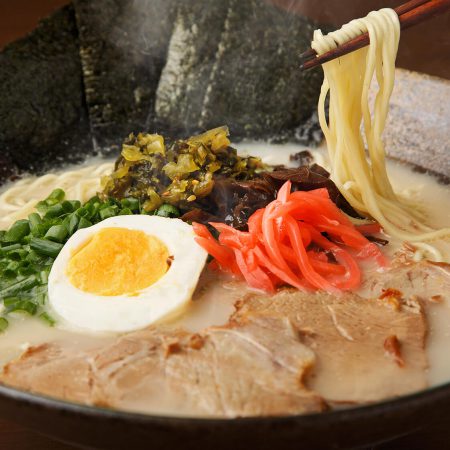

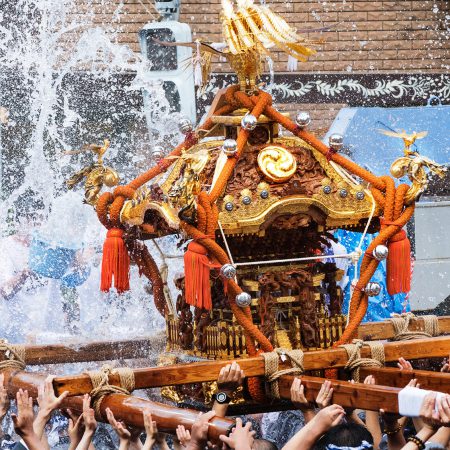


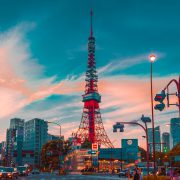


Leave a Reply